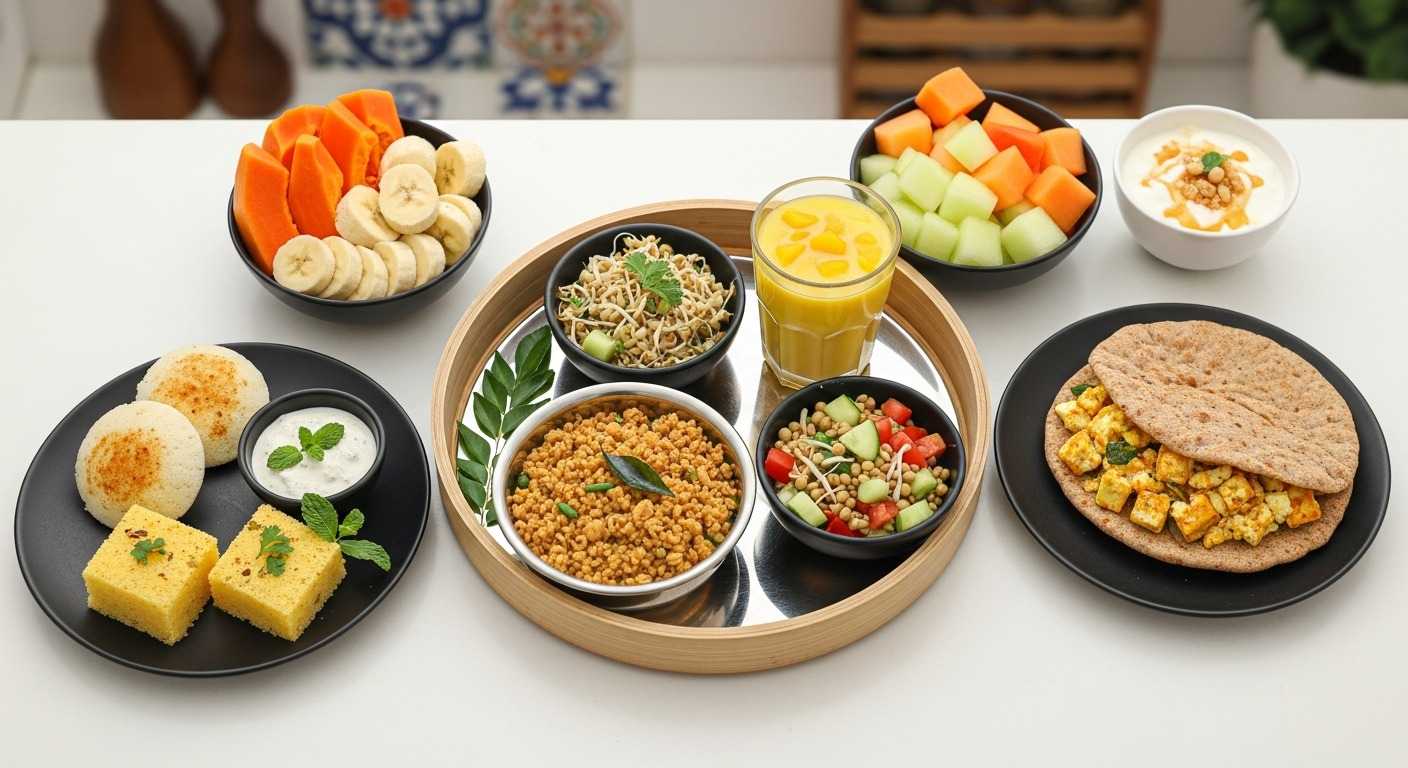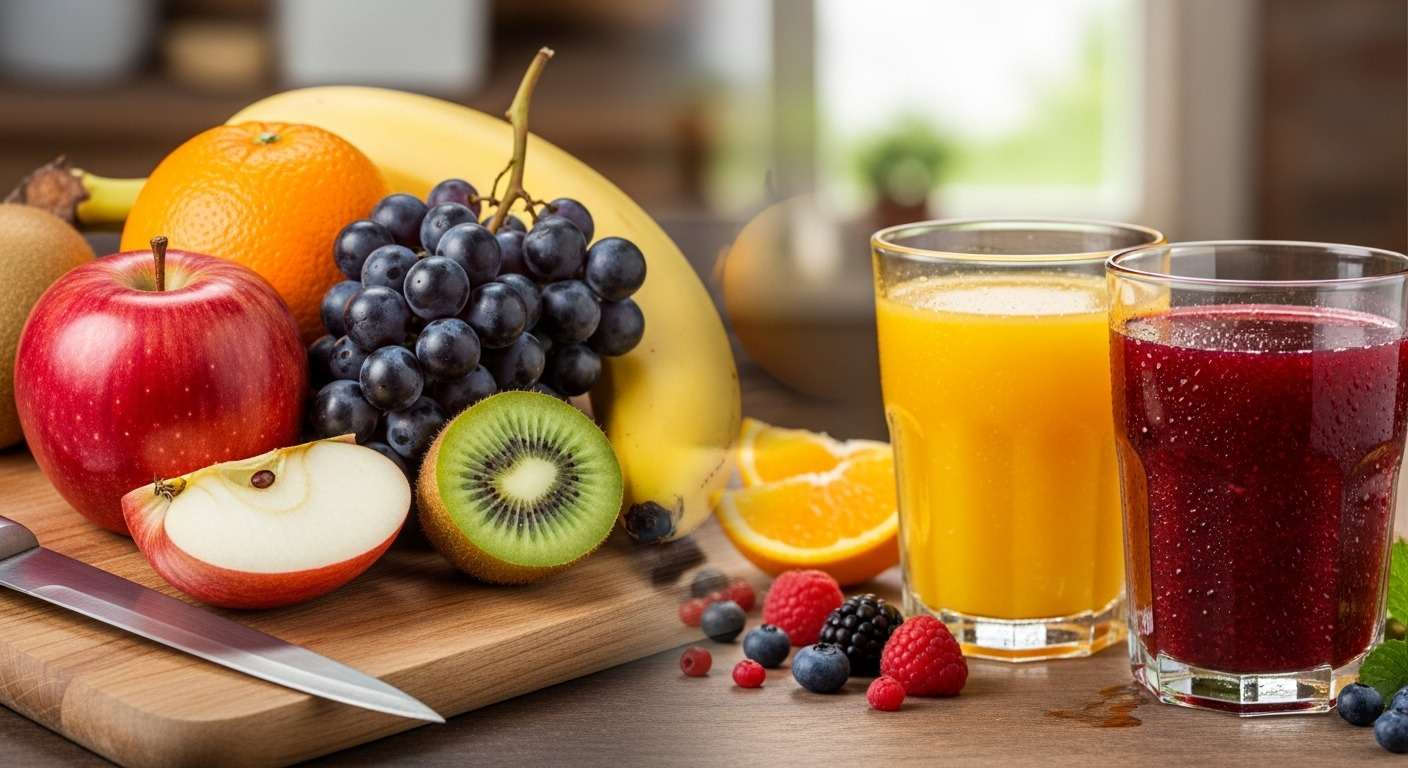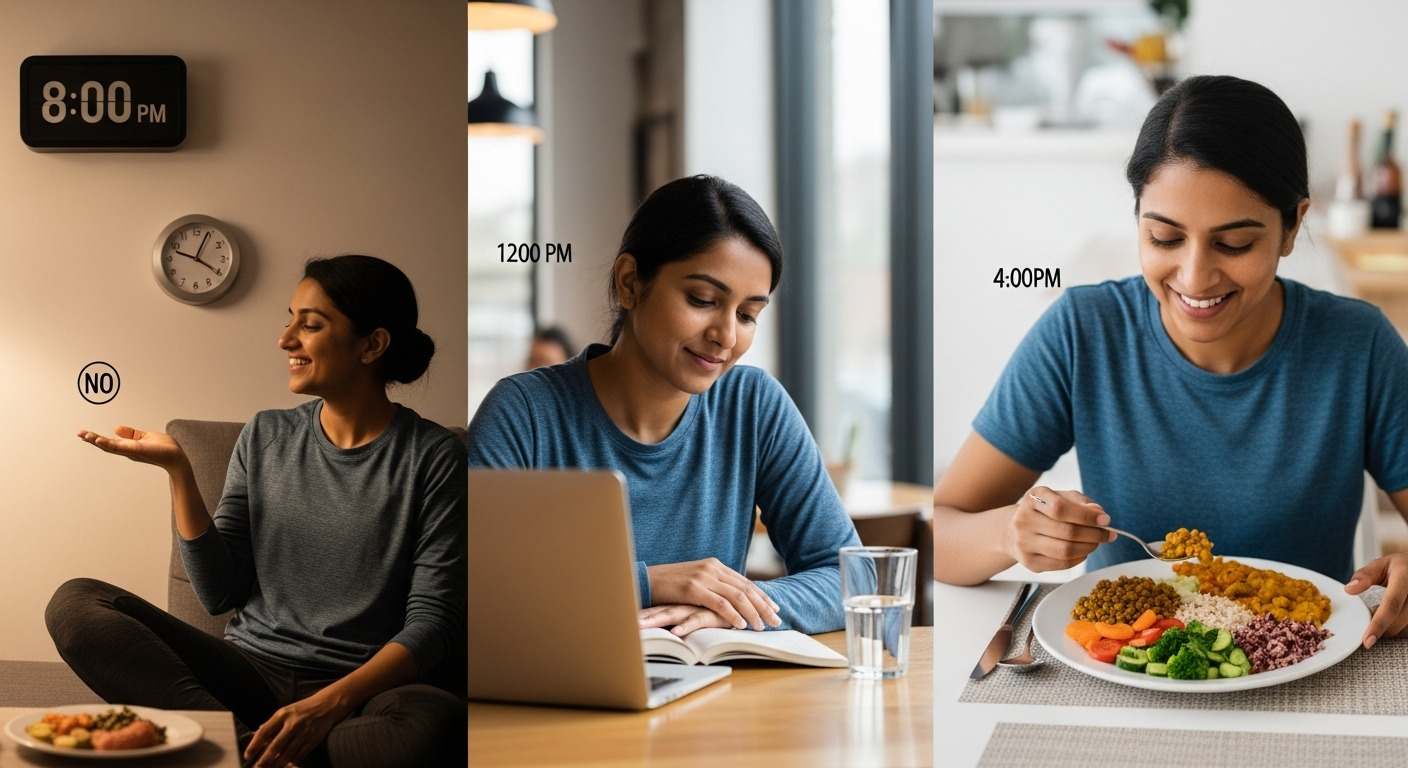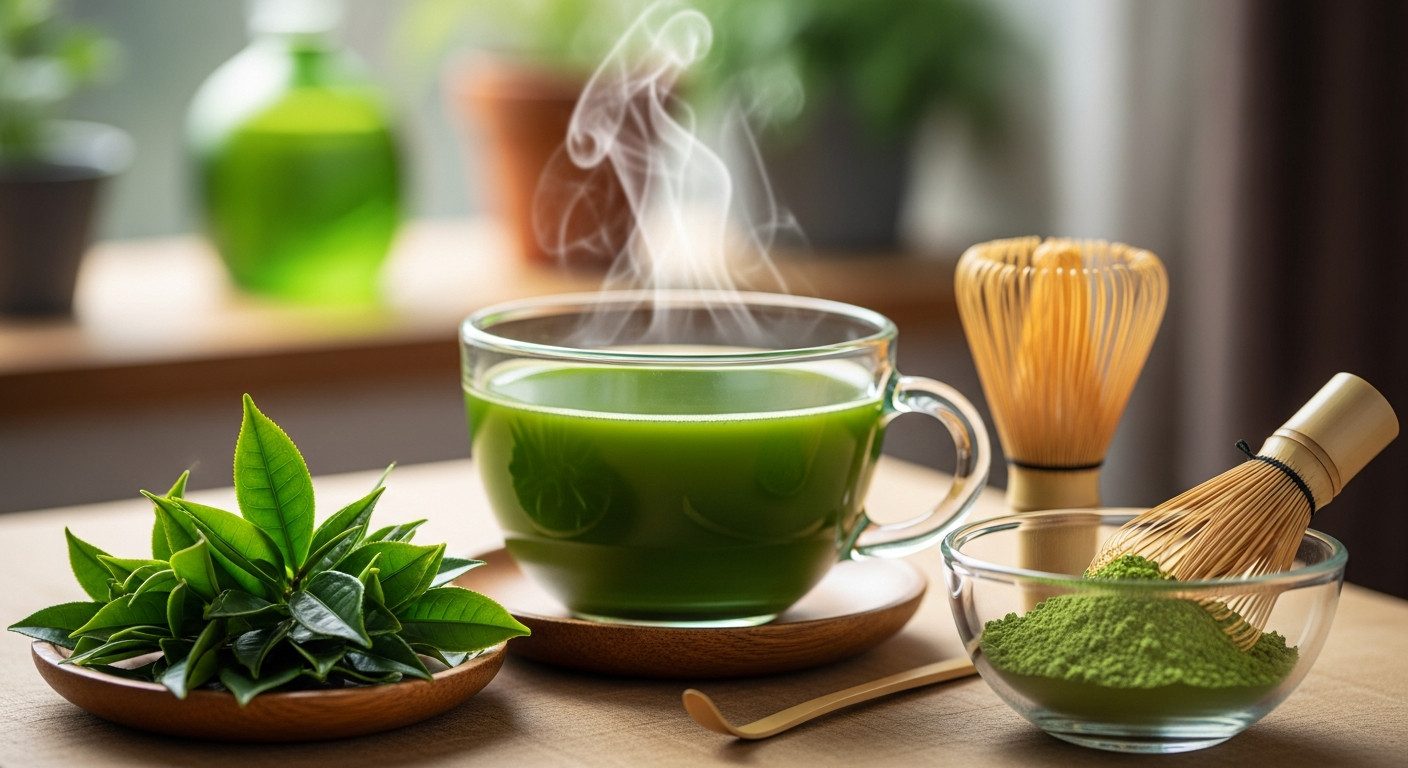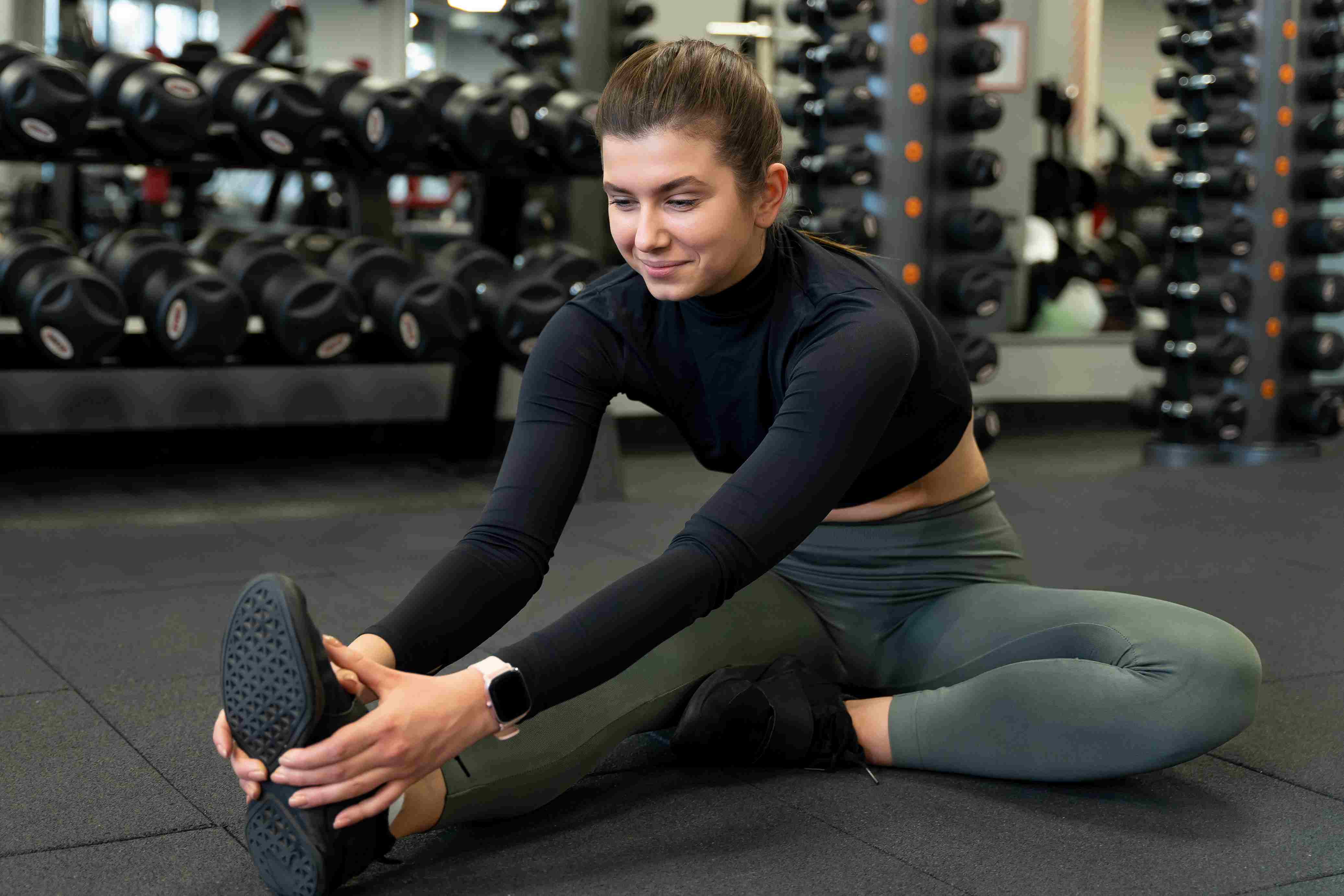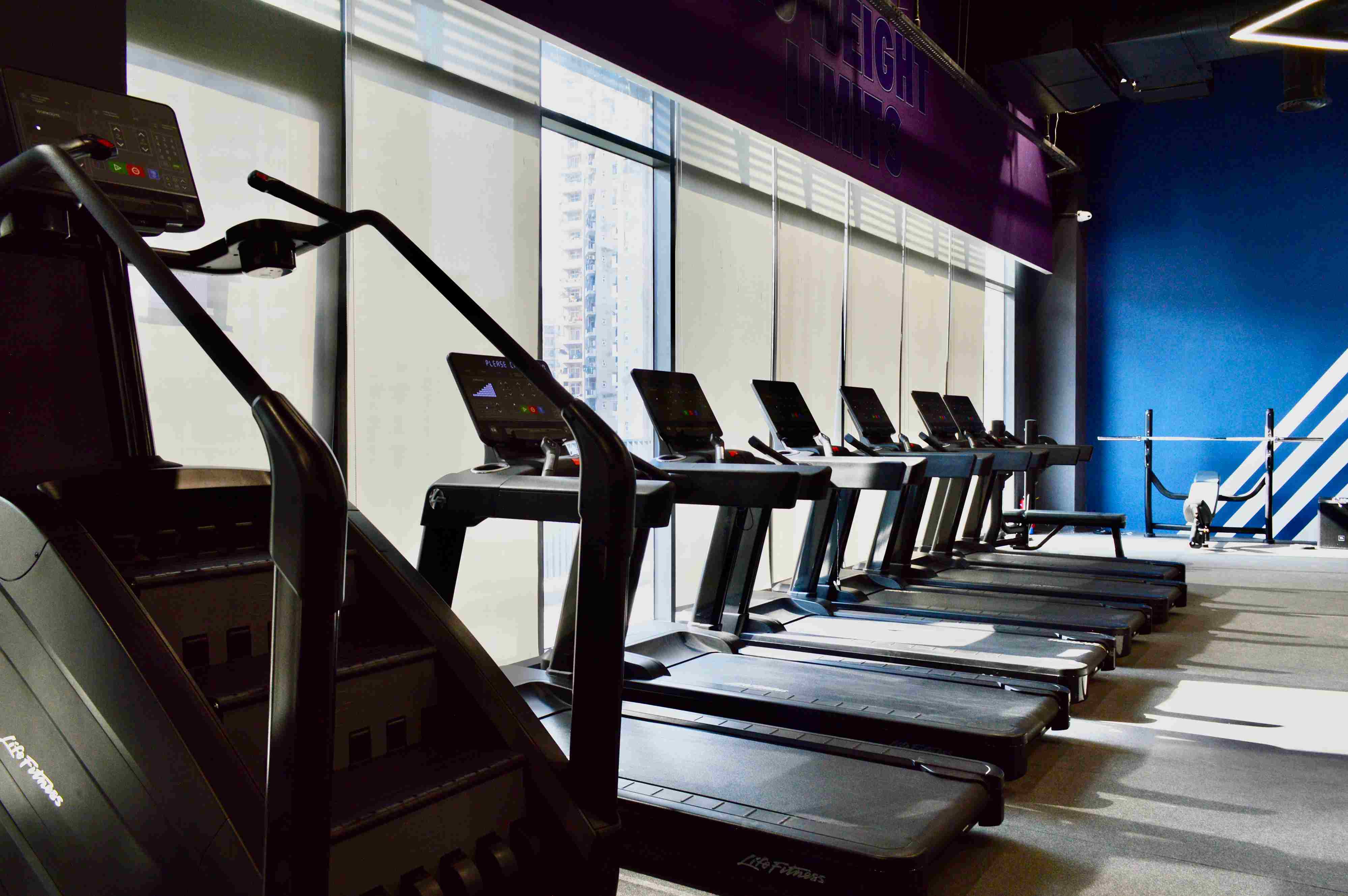Fruit drinks have for a long time been the go-to refreshment especially in the hot seasons. Most of them have been seen as the perfect way of losing weight, staying healthy, or simply refreshing oneself. The question is though, are these drinks as healthy as eating the fruits?
Nature has always been kind with fruits giving us sweet delights, full of fiber, vitamins, antioxidants, and in most cases, water, which makes the fruits so healthy to eat.
The trend with juices, however, shows they're a quick, easy energy, thus a must for the modern, fast lifestyle, but mostly to the young hipsters, who value "efficiency" (quick lack of energy replacement, in one "super efficient" step).
By the end of this blog, you will have a better understanding not only of which one is more beneficial but also when it is okay to have both in your diet.
What is There in Whole Fruits & Fruit Juices?
1. The Fiber Factor: The Game Changer
This fiber is very important. It slows down the absorption of natural sugars in your blood, thus, it prevents the quick blood sugar peaks which are followed by energy crashes and the risk of Type 2 diabetes increases.
Furthermore, fiber helps the digestive process, keeps the intestines healthy by being a prebiotic, and makes you feel satiated for a longer period which is very important if you want to control your weight.
Juice is Fiber-Poor
Generally, juicing removes most of the, if not all, beneficial fibers from the food. Even "pulpy" juices cannot boast that they have as much fiber as whole fruits.
2. Too Much Sugar
First of all, think of how much fruit is needed to produce a single glass of juice:
Juice's High Concentration
By having one glass of orange juice in the morning, one is actually eating the sugars and calories originating from multiple fruits but in just a few seconds and without the satiety which is the fullness one gets from chewing whole fruit and fiber.
What makes it so easy to grossly over-consume calories and sugar without even knowing it is this fact of lack of satiety.
Whole Fruit's Natural Packaging
Although the amount of sugar contained in one orange and the juice that comes from it are the same, it takes longer to eat the orange, it is more satiating due to the fiber and volume, and the sugar is being released gradually.
This slower, controlled sugar release is much more advantageous for your body and your waistline.
Nutrient Retention
Especially with commercial processing that includes pasteurization and long-term storage, juicing can result in a shortage of some nutrients that are sensitive to heat as well as antioxidants.
Also Read: Nutrition Tips To Support Muscle Recovery After Workouts
Whole Fruits vs. Juices: What’s The Main Difference?
The fundamental difference is mostly about the difference in the components – fiber.
1. The Fiber Factor: The Missing Buffer
The fiber in the pulp and the skin of an apple constitutes a complex, solid matrix. This slows the natural sugar’s absorption from the body as the sugars get access to the body at a slow rate.
Juicing, on the other hand, takes away most of the indispensable fiber and thus, the sugars are left in a liquid that is easily absorbed.
2. The Concentration of Calories
One glass of juice is made from several oranges. You probably won't eat three or four whole oranges at once but you can drink their juice very quickly without any problem.
As a result, it's very easy to consume a large amount of sugar and calories in a short period without feeling full, which is a factor that is directly associated with weight gain over time.
3. Satiety and Appetite Control
The chewing process, together with the presence of fiber, sends a signal to your brain that you are full. Whole fruits are very satiating.
A juice, without the fiber and the time for chewing, does not produce the same effect. The sugar level rises quickly but hunger may come back quite soon; thus, you are likely to eat more later.
The Power of Chewing: Why Mouthfeel Matters
Physically, the act of eating whole fruit is a minutely different but still very impactful way of keeping your body healthy compared to the process of drinking juice.
Satiety Signals
It takes time and effort to chew. Through this process, the gut release satiety hormones and the brain gets time to realize that the body has had enough. In a juice drinking session, which is usually done very quickly, these signals are hardly noticed, thus resulting in poor calorie control.
Oral Health
The chewing of fibrous whole fruits triggers the production of saliva. Saliva is a natural protection, as it helps to neutralize the acid that is released in the mouth due to the fruit's sugars and also, it washes away the food particles, thus protecting the tooth enamel from decay and cavities.
Juice which is liquid and can be acidic at times, exposes teeth to sugar and acid, thus increasing the risk of dental problems, especially if it is taken slowly throughout the day.
Delayed Gastric Emptying
A whole fruit is a solid, fibrous mass that takes longer to be broken down in the stomach. The delayed gastric emptying is therefore a result of this which means that you will feel full for a longer time and this will help you control your appetite and, at the same time, prevent you from having immediate cravings.
The Diabetic Debate: Which is Safer to Consume?
The difference is absolutely necessary to understand for people who have to control their sugar level in blood, like patients with prediabetes or Type 2 diabetes.
Whole Fruit Is Safer
Several studies, among them research at Harvard, have demonstrated that raising the consumption of some whole fruits (for example blueberries, apples, and grapes) is linked with a decrease in the chance of getting Type 2 diabetes.
The fiber and the low Glycemic Index (GI) of the fruits are the main factors of blood sugar stabilization.
Fruit Juices Are The Main Reason For Diabetes Development
In contrast, an elevated intake of fruit juices has been associated with the risk of the development of diabetes, the Type 2 kind.
The sugar in the juice without the fiber causes the blood glucose level to go up very rapidly and to a great extent, thus the pancreas has to produce a lot of insulin to keep the blood glucose at the normal level.
The Verdict For Diabetes Patients
Whole fruit if combined with moderation and a balanced diet plan is, as a rule, safe and even beneficial. Fruit juice is something you should either limit to a very small amount or not have at all because it is basically just a sugar hit without the protective fiber.
Related Article: Best Low-Impact Exercises For Diabetes Management
Conclusion
In the fight between eating whole fruits and drinking fruit juice, the decision is pretty straightforward in favor of the former.
It is a much better nutritional package: all the vitamins and antioxidants, the indispensable digestive and satiating capability of fiber, and the slow release of natural sugar.
One small glass of fruit juice made from 100% fruit can give some nutrients, but it should not be a habit. The daily consumption of whole fruits is the best way to go. If you really want to be healthy, do not pour it; take the peel off, and enjoy the complete goodness that nature brings.
Frequently Asked Questions (FAQs)
Q1. Which is better, whole fruit or juice?
Whole fruit is, in most cases, the better option. The whole fruit is rich in fiber, which is almost completely taken out from the juice.
Q2. What is the difference between fruit juice and fruit?
Whole fruits are more nutritious. Juices have nutrition but also high amounts of sugar.
Q3. Does blending fruit destroy nutrients?
Contrary to popular belief, blending (making a smoothie) does not destroy the fiber or significantly reduce most nutrients. The smoothie breaks the fruit down but still has (including the fiber) all the parts, that is to say, the fruit is intact. Juicing, however, removes the fiber.
Q4. Is it OK to drink fruit juice every day?
No, do not drink it everyday. There is too much sugar in it, it will hamper your health.
Q5. What is the healthiest juice?
Pomegranate, Cranberry, or Tomato juice are the healthiest. Just go for ones without added sugar.
Explore More Articles
CLOSEST CLUB
Your Local Crunch Noida
SEE OUR MEMBERSHIP OPTIONS




